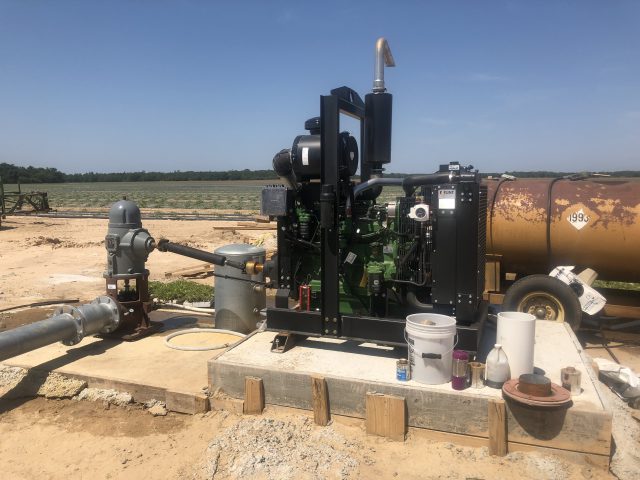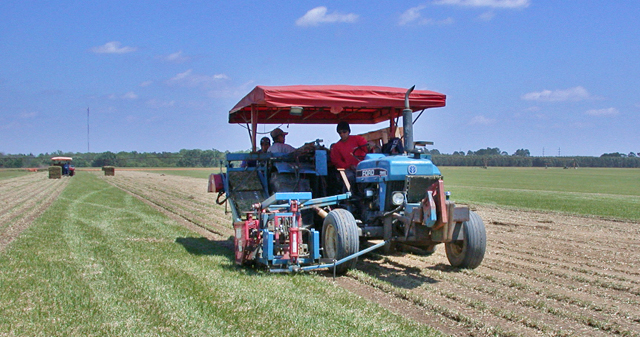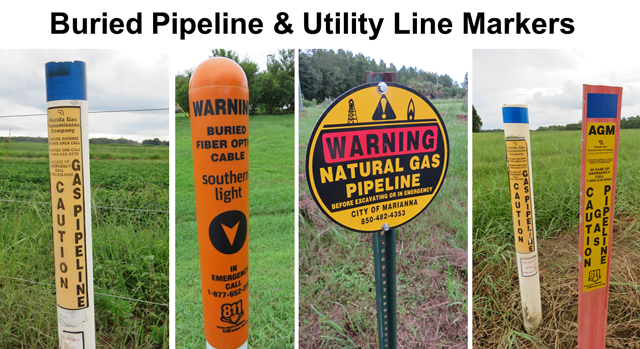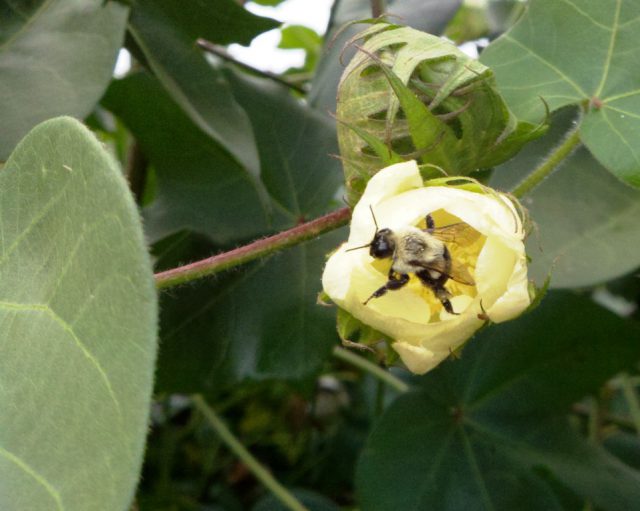
by Mark Mauldin | Nov 2, 2018
Hurricane Michael was particularly devastating to the timber industry in the Central Panhandle. The Florida Forest Service has released a report quantifying the extent of the damage. As we move from emergency response, towards recovery there are a variety of...

by Matt Lollar | May 18, 2018
Supplemental water is necessary for good crop yields in fruit and vegetable production. Water quality is equally as important as water quantity when it comes to fruit and vegetable production. Unfortunately, water can transport harmful microorganisms from adjacent...

by Ethan Carter | Apr 6, 2018
Last year, the Environmental Protection Agency (EPA) registered new dicamba herbicide product formulations for making applications to dicamba tolerant cotton and soybean crops. As a result, many states were overwhelmed with drift complaints regarding sensitive crops....

by Bryan Unruh | Jan 26, 2018
Bryan Unruh, UF/IFAS Turf Specialist Sod production in Florida contributes approximately $300 million to the state’s economy annually. As the economy continues to rebound and new houses are built to accommodate Florida’s population growth, sod will also see an...

by Doug Mayo | Aug 11, 2017
Today, August 11 is “National 811 Day,” so it is only fitting to share an Ag-Safety reminder to “Call or Click Before You Dig.” There are pipelines and utility lines buried all over the place in rural areas. In fact, there are more than 1,250...

by Judy Biss | Aug 4, 2017
Overview On January 12, 2017, the Environmental Protection Agency (EPA) released its final “Policy to Mitigate the Acute Risk to Bees from Pesticide Products.” This policy outlines EPA’s label statements designed to mitigate acute risks to bees from pesticides. The...







